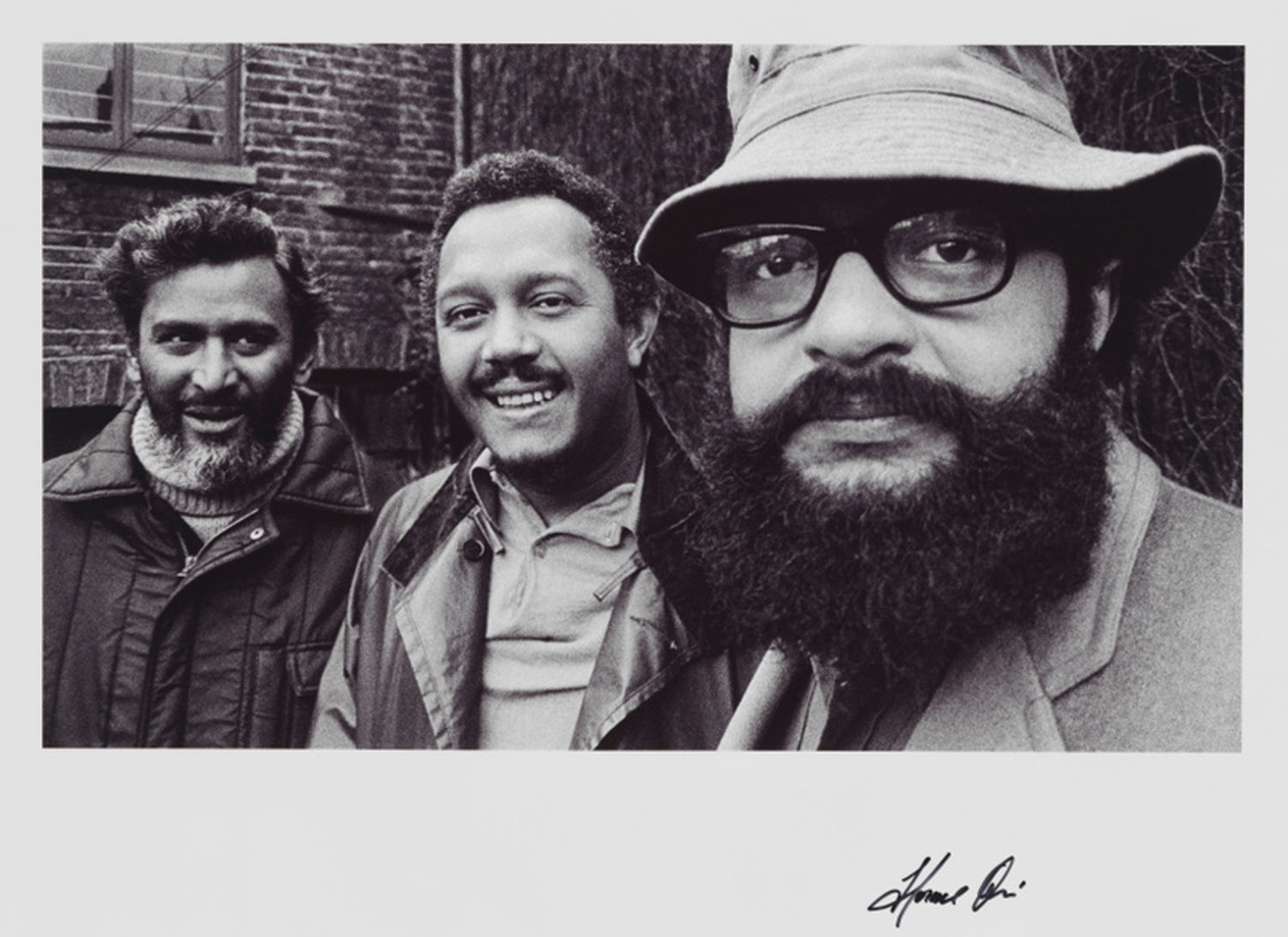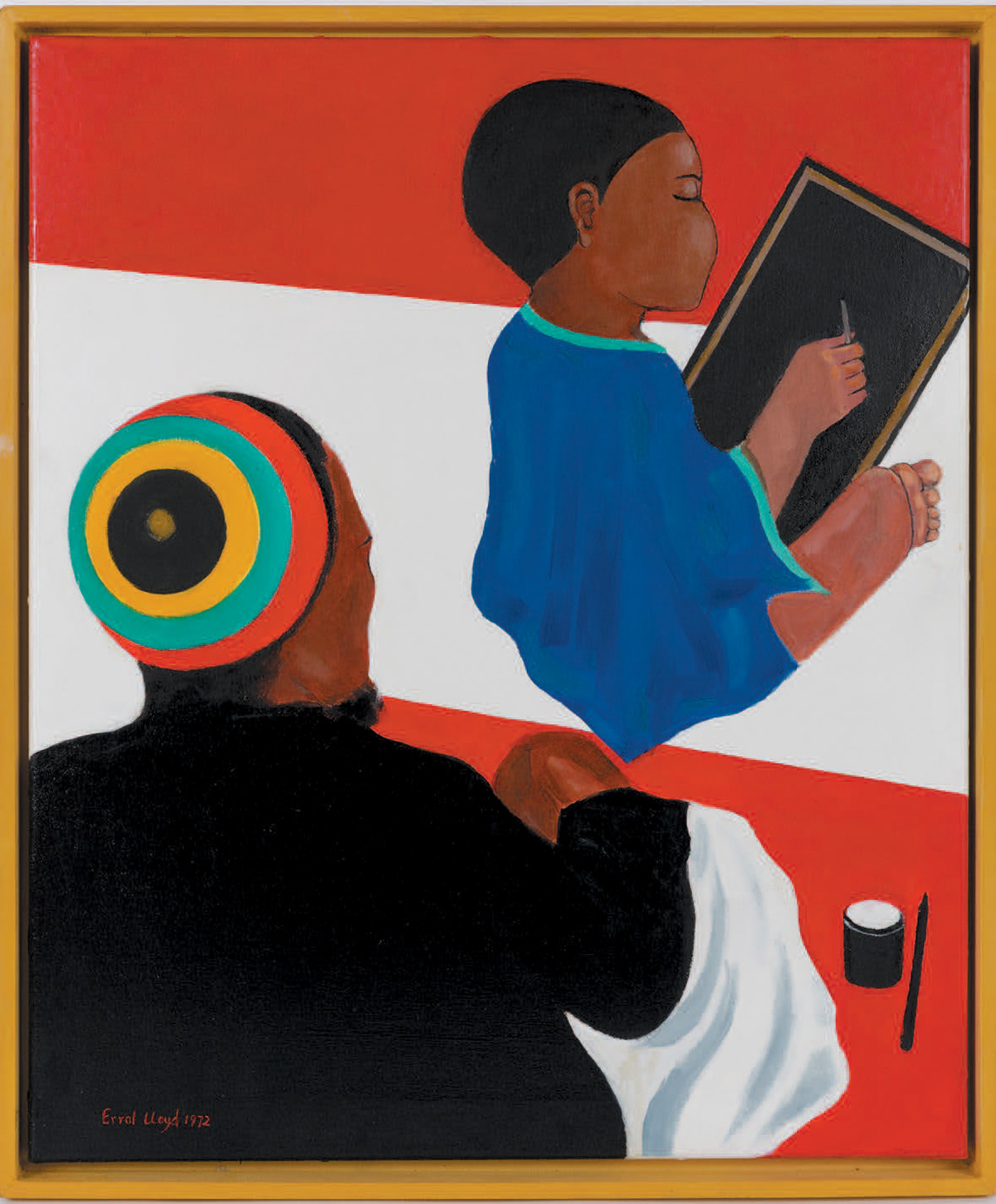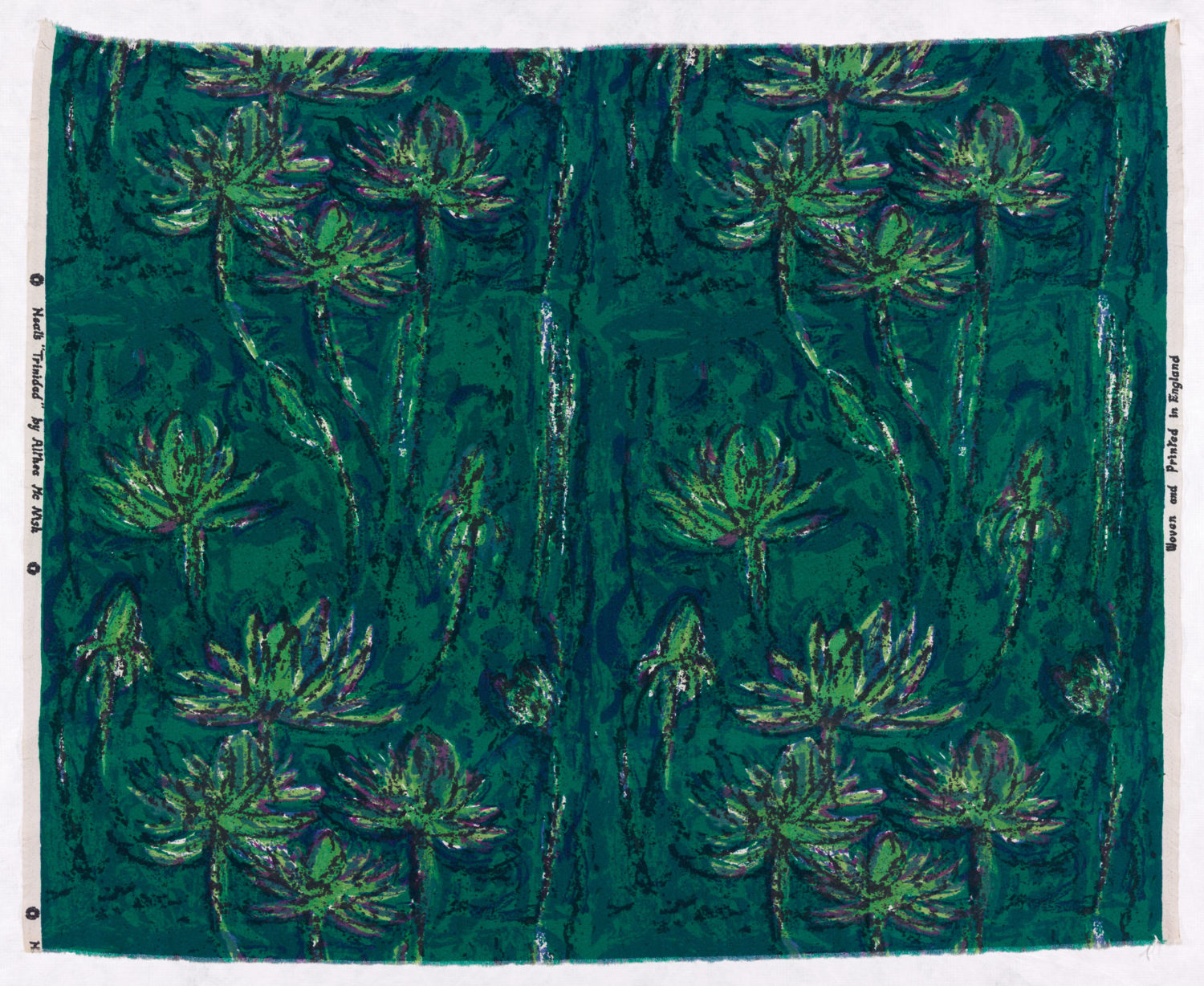What London’s Caribbean Artist Movement Of The 60s-70s Taught Us
By Something CuratedThe Caribbean Artist Movement (CAM) was established in London in 1966, operating until 1972, with the objective of celebrating and promoting the work of artists, writers, poets, dramatists, filmmakers, actors and musicians from across the Caribbean to the British public, while forging a new sense of shared Caribbean “nationhood,” exchanging ideas and attempting to define a new Caribbean aesthetic in the arts. The arrival of the Empire Windrush, which moored at Tilbury Docks in 1948 with over 800 West Indians on-board, heralded the first wave of mass Caribbean migration to Britain. With this influx of people came aspiring artists, and so while there were already several Caribbean artists in Britain actively creating, some reaching prominence, prior to CAM’s formation they tended to work largely in isolation.

Jamaican-born artist, writer, editor and CAM member, Errol Lloyd, writes: “CAM’s historical and social backdrop in the mid-1960s was the recent attainment of political independence by many former British colonies, not only in the Caribbean, but also in Africa and Asia. This represented a new impetus for people to redefine themselves and to take a new pride in their own cultural and political achievements. Whilst this would invariably involve a degree of inward-looking, it was also inevitable that many individuals in the arts would seek to broaden their horizons by travelling abroad, mainly to Britain and the USA, to acquire new skills or seek outlets and audiences for their work. Chief amongst these were writers, as there were few publishing houses in the Caribbean and a limited readership.”
At the helm of CAM were its founders: John La Rose, a Trinidadian-born poet and political activist who migrated to the UK in 1961; Kamau Brathwaite, a Barbadian-born historian and poet who came to Britain to complete a doctorate; and Andrew Salkey, a Jamaican-born writer who had long been active as a freelance journalist in the UK, working mainly for the BBC. In 1968, Brathwaite wrote about CAM’s origins, dating them back to a small informal meeting held on 19 December 1966 in his London flat in Mecklenburgh Square: “What was to become the Caribbean Artists Movement (CAM) started in December 1966 in my Bloomsbury basement flat. I had recently arrived from the Caribbean on study leave to Britain, and as a writer myself, wanted, quite naturally, to get in touch with as many Caribbean artists as possible. But where were they? The novelists’ books were being regularly published; at the Commonwealth Arts Festival I had seen work by a few painters, designers and sculptors from the Caribbean; but no one seemed to know how to get in touch with them.”

He continued: “In addition it seemed to me that our West Indian artists were not participating significantly in the cultural life of the country that had become their home. Since 1950, nearly every West Indian novelist worth the name had come to London and more than a hundred books had come from their typewriters and pens. But despite this, the British public didn’t seem to be very much aware of the nature and value of this contribution. This situation, it seemed to me, was something to be deplored. The isolation of West Indian writers from each other and from the society in which they lived could eventually only stultify development and could do nothing to contribute to perhaps the most important problem of our times – the problem of the future of race relations in Britain.”
CAM drew interest from a diverse roster of illustrious participants and members within a relatively short space of time. These included such eminent figures of the Caribbean arts as novelist, critic and historian C L R James, author of one of the very early West Indian novels, Minty Alley, novelist and poet Wilson Harris, and Pearl Connor, theatrical agent and activist. Among the CAM members representing the visual arts was distinguished sculptor Ronald Moody, painter Aubrey Williams and textile designer, Althea McNish. Less established names at the time comprised the likes of Karl ‘Jerry’ Craig, Art Derry and Clifton Campbell, and younger emerging artists included Paul Dash, Winston Branch, Errol Lloyd and Winston Benn.

Throughout its six years of operation, CAM was prolific in coordinating events and exhibitions to highlight the work of Caribbean creatives. In 1971, CAM delivered the majority of artists included in the group exhibition of Caribbean art at the Commonwealth Institute Gallery, curated by Denis Bowen. Among CAM’s greatest achievements were its popular conferences, attracting widespread interest. These featured renowned speakers such as the writers CLR James and Michael Anthony, university lecturers and critics Kenneth Ramchand and Louis James, and painters Aubrey Williams and Clifton Campbell. At the inaugural conference, a keynote was presented by Elsa Goveia, Professor of West Indian History at the University of the West Indies in Jamaica, on “The Socio-Cultural Framework of the Caribbean.”
Soon after its inception, CAM’s monthly meetings became open to the public, held mostly at the West Indian Students’ Centre in Earl’s Court, inevitably followed by smaller get-togethers in members’ homes. CAM has been a seminal influence in the development of countless young cultural producers’ practices. A number of later events and organisations, such as the International Book Fairs of Black, Radical and Third World Books, and the formation of Bogle L’Ouverture Publications and Creation for Liberation, all recognise the great impact of the movement on their work. More recently, artworks by Ronald Moody, Aubrey Williams and Winston Branch have been acquired by the Tate, with the intention of shining a brighter light on Caribbean-born British Black modernist artists, and the instrumental work of CAM.
Feature image: Maya Series – Cenote (IV),1968 by Aubrey Williams. © Estate of Aubrey Williams